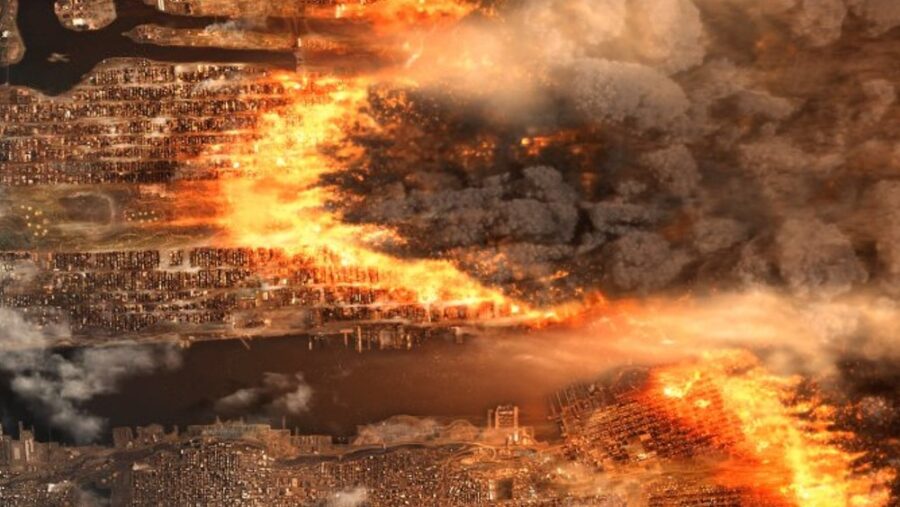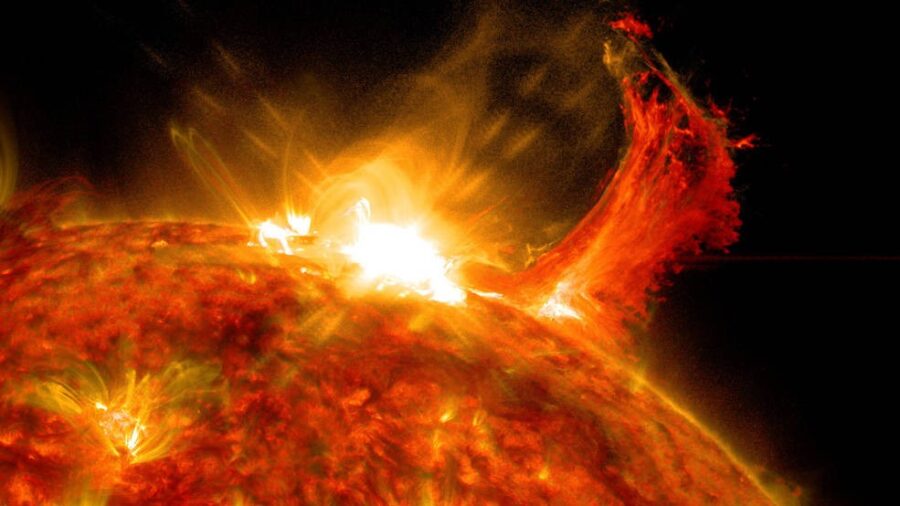Killer Solar Storm Destroying Earth And We Can’t Stop It?

We’ve all experienced those days when it’s sunny one moment and unpredictably pouring rain the next. As it turns out, space weather can be just as unexpected as terrestrial weather — only it has the potential to be much more destructive. One such type of space weather is a solar storm, which could be deadly to us Earthlings living only three planets away from our brightest star. Luckily, according to ScienceAlert, NASA has developed a type of AI to help us detect when solar storms might occur, and while the AI itself can’t stop the storm’s effects on our planet, at least it can give us a 30-minute warning.
Solar storms, eruptions of charged particles, and radiation have the potential to disrupt our modern world, causing havoc to electrical and communication infrastructure. But now, a team at NASA is pioneering a groundbreaking solution to provide a crucial 30-minute warning window before a potentially devastating solar storm strikes. This innovation is made possible by harnessing the power of artificial intelligence to analyze storm data.
NASA is developing an AI that will warn us if a solar storm is going to impact our planet.
Scientists are able to detect solar storms ahead of time by observing the swiftness of light, which travels faster than the solar material ejected from the Sun during a solar storm. These storms have been known to disrupt power grids and communication systems, with historical events like the Quebec blackout 35 years ago. More extreme solar events, such as the Carrington event, which happened over 150 years ago and was the most extreme geomagnetic storm in documented history, could cause massive destruction to our electrical and communication infrastructure if they occurred today.

Knowing the dangers of solar storms, scientists have been actively working on a solution to save us all from catastrophic doom if a severe enough event impacts our planet. A network of satellites, including ACE, Wind, IMP-8, and Geotail, has been diligently monitoring the Sun and supplying data that has proven crucial to NASA’s research. However, the mere detection of an impending solar storm is only one part of the equation; the ability to predict its impact on Earth is equally, if not even more, essential.
Local predictions are particularly crucial since half of the globe is shielded from solar storms by the Earth’s bulk during nighttime.
To create their predictive model, researchers created an AI named DAGGER. This artificial intelligence exhibits remarkable speed, distinguishing itself from existing predictive algorithms. The research team, led by Vishal Upendran from the Inter-University Center for Astronomy and Astrophysics in India, reports that DAGGER can forecast the severity and direction of a solar storm event in under a second, with the capacity to provide predictions every minute.
As we move closer to 2025, utility companies, governments, and emergency responders will have an invaluable tool at their disposal to mitigate the impact of solar storms on our daily lives.
Local predictions are particularly crucial since half of the globe is shielded from solar storms by the Earth’s bulk during nighttime. DAGGER’s revolutionary system is being launched as an open-source platform, providing utility and communication companies with ample time to incorporate it into their threat assessment systems before the next peak in the Sun’s 11-year solar cycle, expected in 2025.
This AI system is a major step forward in Earth’s safety against the chaos of the cosmos. DAGGER ensures that the right people are alerted to solar storms far more rapidly than previous methods allowed.
As we move closer to 2025, utility companies, governments, and emergency responders will have an invaluable tool at their disposal to mitigate the impact of solar storms on our daily lives. So, while we may not be at the point of stopping solar storms from happening, at least we now have a way to get a heads-up with enough time to stop the storm from creating monumental damage.












